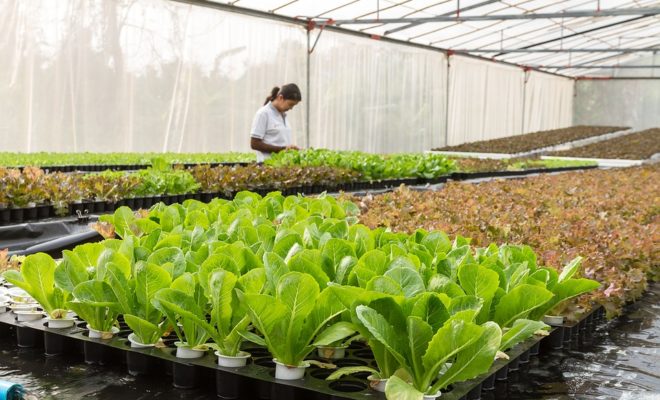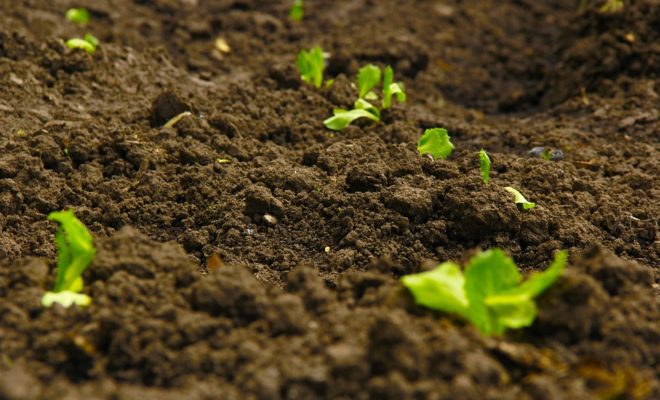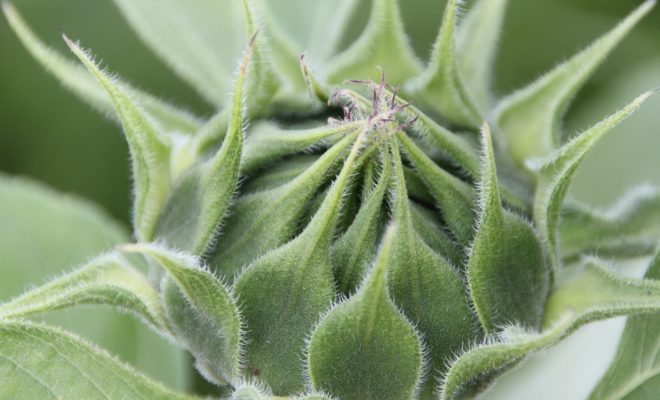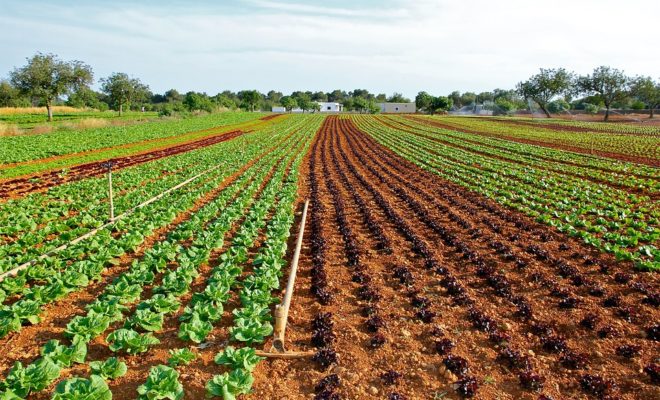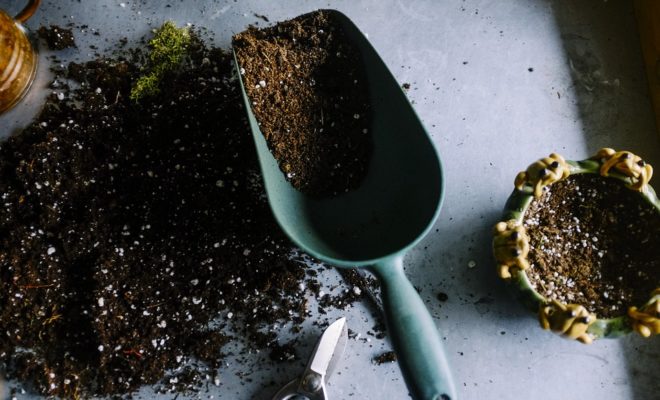VEGETABLE CULTURE
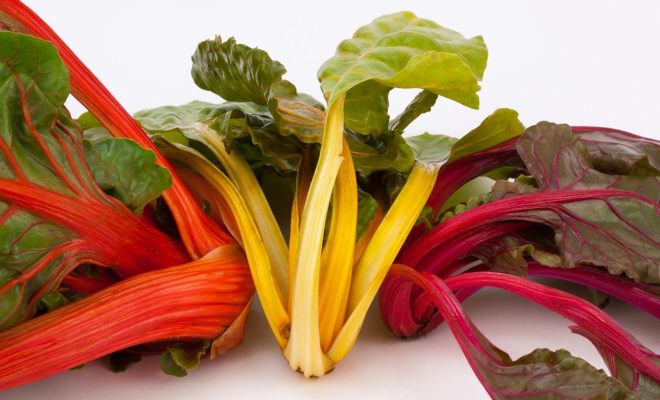
When in doubt, we develop shrubbery beans instead of shaft beans. I can’t decide regardless of whether this is from sheer sluggishness. In a city terrace the tall assortments may maybe be an issue since it is hard to get shafts. Yet, these running beans can be prepared along old wall and with small asking will keep running up the stalks of the tallest sunflowers. So that settles the post address. There is an elaborate side to the bean address. Assume you plant these tall beans at the outrageous backside of every vegetable line. Make curves with supple tree appendages, restricting them over to frame the curve. Prepare the beans over these. When one stands confronting the garden, what an excellent end these bean curves make.
Beans like rich, warm, sandy soil. With a specific end goal to help the dirt make certain to burrow profoundly, and work it over completely for bean culture. It never does to plant beans the world has warmed up from its spring chills. There is another favorable position in early burrowing of soil. It conveys to the surface eggs and hatchlings of creepy crawlies. The winged creatures anxious for sustenance will even take after the furrow to pick from the dirt these decision pieces. A little lime worked in with the dirt is useful in the development of beans.
Bramble beans are planted in drills around eighteen inches separated, while the shaft bean columns ought to be three feet separated. The drills for the shrubbery limas ought to be further separated than those for the other diminutive person beans say three feet. This measure of space gives open door for development with the digger. On the off chance that the running beans climb too high simply squeeze off the developing extraordinary end, and this will keep down the upward development.
Among shrubbery beans are the smaller person, snap or string beans, the wax beans, the hedge limas, one assortment of which is known as fragile beans. Among the shaft beans are the post limas, wax and red runner. The red runner is a stunner for ornamental impacts. The blooms are red and are fine against an old fence. These are very stunning in the blossom plant. Where one wishes a vine, this regards plant for one gets both a vegetable, brilliant blossoms and a screen from the one plant. At the point when planting beans put the bean in the dirt edgewise with the eye down.
Beets like rich, sandy soil, moreover. Crisp compost worked into the dirt is deadly for beets, as it is for some another harvest. However, we will assume that nothing is accessible except for crisp fertilizer. A few plant specialists say to work this into the dirt with incredible care and painstaking quality. Yet, all things being equal, there is threat of a molecule of it getting alongside a delicate beet root. The accompanying should be possible; Dig a trench about a foot profound, spread a thin layer of fertilizer in this, cover it with soil, and plant over this. When the fundamental root strikes down to the fertilizer layer, there will be little mischief done. Beets ought not be transplanted. On the off chance that the lines are one foot separated there is sufficient space for development. At whatever point the climate is truly settled, then these seeds might be planted. Youthful beet tops make fine greens. More noteworthy care ought to be grasped in taking care of beets than for the most part is appeared. At the point when beets are to be bubbled, if the tip of the root and the finish are removed, the beet drains. This implies lost great material. Squeezing off such parts with the fingers and doing this not very nearly to the beet itself is the correct technique for taking care of.
There are enormous coarse individuals from the beet and cabbage families called the mangel wurzel and ruta baga. About here these are raised to encourage to the cows. They are an incredible expansion to a cow’s supper.
The cabbage family is an expansive one. There is the cabbage legitimate, then cauliflower, broccoli or a more solid cauliflower, kale, Brussels sprouts and kohlrabi, a cabbage-turnip blend.
Cauliflower is a sort of refined, sharp cabbage relative. It needs somewhat wealthier soil than cabbage and can’t stand the ice. A continuous watering with fertilizer water gives it the additional extravagance and water it truly needs. The external leaves must be twisted around, as on account of the youthful cabbage, so as to get the white head. The smaller person assortments are fairly the best to plant.
Kale is not exactly so specific a cousin. It can stand ice. Rich soil is essential, and early spring planting, as a result of moderate developing. It might be planted in September for early spring work.
Brussels sprouts are an extremely prominent individual from this family. By virtue of their size many individuals who don’t prefer to serve poor, regular old cabbage will serve these. Brussels sprouts are intriguing in their development. The plant stalk runs skyward. At the top, umbrella like, is a nearby head of leaves, however this is not what we eat. Shaded by the umbrella and pressed up and down the stalk are scrumptious little cabbages or sprouts. Like whatever is left of the family a rich soil is required and a lot of water amid the developing time frame. The seed ought to be planted in May, and the little plants transplanted into rich soil in late July. The columns ought to be eighteen inches separated, and the plants one foot separated in the lines.
Kohlrabi is a go-between in the groups of cabbage and turnip. It is once in a while called the turnip-root cabbage. Simply over the ground the stem of this plant swells into a turnip-like vegetable. In the genuine turnip the swelling is underground, however like the cabbage, kohlrabi frames its consumable part over the ground. It is anything but difficult to develop. Just it ought to grow quickly, generally the swelling gets woody, thus loses its great quality. Sow out as right on time as would be prudent; or sow inside in March and transplant to the open. Plant in drills around two feet separated. Set the plants around one foot separated, or disperse to this separation. To plant one hundred feet of penetrate purchase a large portion of an ounce of seed. Seed goes far, you see. Kohlrabi is served and arranged like turnip. It is an exceptionally agreeable early product.
Before leaving the cabbage family I ought to jump at the chance to state that the cabbage called Savoy is an amazing assortment to attempt. It ought to dependably have an early planting under cover, say in February, and after that be transplanted into open beds in March or April. On the off chance that the land is poor where you are to develop cabbage, then by all methods pick Savoy.
Carrots are of two general sorts: those with long roots, and those with short roots. In the event that since quite a while ago established assortments are picked, then the dirt must be worked down to a profundity of eighteen inches, most likely. The shorter ones will do well in eight crawls of very much worked sandy soil. Try not to put carrot seed into crisply manured arrive. Another point in carrot culture is one concerning the diminishing procedure. As the little seedlings come up you will certainly find that they are much, much excessively near one another. Hold up somewhat, thin a little at once, so that youthful, minor carrots might be utilized on the home table. These are the focuses to scribble down about the way of life of carrots.
The cucumber is the following vegetable in the line. This is a plant from remote grounds. Some feel that the cucumber is truly a local of India. A light, sandy and rich soil is required I mean rich in the feeling of extravagance in natural matter. At the point when cucumbers are developed outside, as we are probably going to develop them, they are planted in slopes. These days, they are developed in nurseries; they dangle from the rooftop, and are a great sight. In the nursery a hive of honey bees is kept so that cross-preparation may go on.
Yet, in the event that you expect to raise cucumbers take after these bearings: Sow the seed inside, cover with one inch of rich soil. In a little space of six inches distance across, plant six seeds. Put like a bean seed with the developing end in the dirt. At the point when all peril of ice is over, every arrangement of six little plants, soil and all, ought to be planted in the open. Later, when threat of creepy crawly bugs is over, disperse to three plants in a slope. The slopes ought to be around four feet separated on all sides.
Prior to the season of Christ, lettuce was developed and served. There is a wild lettuce from which the developed presumably came. There are various developed vegetables which have wild predecessors, carrots, turnips and lettuce being the most widely recognized among them. Lettuce might be tucked into the garden anyplace. It is without a doubt a standout amongst the most ornamental of vegetables. The conservative head, the green of the leaves, the excellence of symmetry all these are beguiling attributes of lettuces.
As the late spring progresses and as the early sowings of lettuce get old they have a tendency to go to seed. Try not to let them. Pull them up. None of us are probably going to go into the seed-creating side of lettuce. What we are occupied with is the raising of delicate lettuce all the season. To have such lettuce in mid and late summer is conceivable just by continuous plantings of seed. In the event that seed is planted like clockwork or two weeks all mid year, you can have delicate lettuce all the season. At the point when lettuce gets old it turns out to be intense and extreme.
Melons are most intriguing to try different things with. We assume that melons initially originated from Asia, and parts of Africa. Melons are a mid year organic product. Over in England we discover the muskmelons regularly developed under glass in nurseries. The vines are prepared upward as opposed to permitted to lie inclined. As the melons develop huge in the hot, dry climate, simply the sort which is ideal for their development, they turn out to be too overwhelming for the vine to hold up. So they are held by little packs of mesh, much the same as a tennis net in size of work. The packs are upheld on nails or pegs. It is a lovely sight I can guarantee you. Here more often than not we raise our melons outside. They are planted in slopes. Eight seeds are set two inches separated and an inch profound. The slopes ought to have a four foot clear on all sides; the watermelon slopes should have a stipend of eight to ten feet. Make the dirt for these slopes extremely rich. As the little plants get sizeable say in regards to four creeps in stature decrease the quantity of plants to two in a slope. Continuously in such work pick the exceptionally sturdiest plants to keep. Chopped the others down near or a little beneath the surface of the ground. Pulling up plants is a stunning approach to dispose of them. I say stun

